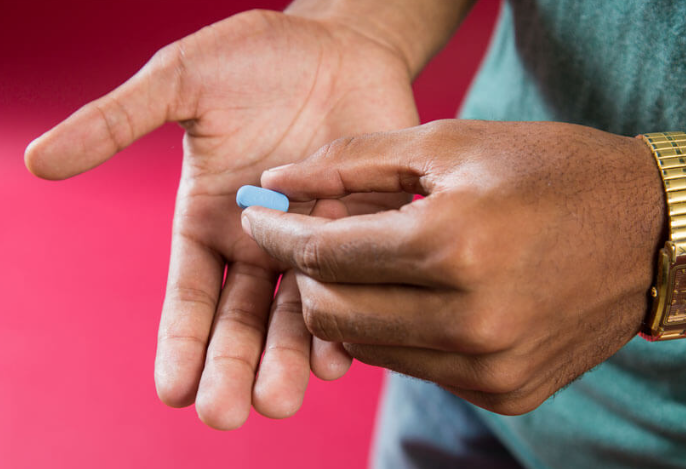In the realm of modern healthcare, the term “Pre-Exposure Prophylaxis” or PrEP has gained significant recognition. PrEP is a medical strategy that offers critical protection against the transmission of HIV. This preventive approach is revolutionizing the fight against the virus, providing a lifeline to individuals at high risk of contracting HIV. In this article, we will delve into the importance of PrEP, its impact on public health, and why it remains a crucial component in the ongoing battle against HIV/AIDS.
The Power of Prevention
PrEP, a daily medication regimen, contains antiretroviral drugs that can greatly reduce the risk of HIV transmission in individuals who are at a high risk of exposure. Therefore, this approach represents a paradigm shift in HIV prevention. While the use of condoms and safe sex practices have long been advocated, PrEP serves as an additional layer of protection. It is particularly beneficial for individuals who may not always have control over their partner’s HIV status or those in serodiscordant relationships, where one partner is HIV-positive and the other is not.
Addressing Vulnerable Populations
To add on, PrEP plays a pivotal role in addressing the needs of vulnerable populations. This includes men who have sex with men (MSM), transgender individuals, sex workers, and people who inject drugs. These groups are disproportionately affected by HIV and often face unique challenges in accessing prevention methods. PrEP empowers them with a tool that puts control over their sexual health back into their own hands. Hence, by specifically targeting these high-risk populations, PrEP helps to break the cycle of HIV transmission.
Supporting Safer Choices
Additionally, while PrEP is not a standalone solution, it complements other safer sex practices. Its availability encourages individuals to engage in open conversations about their sexual health and risk factors. Recognizing PrEP as an option can motivate people to undergo regular HIV testing, emphasizing the significance of early diagnosis and treatment. Additionally, PrEP serves as a valuable bridge for those who may not consistently use condoms. Therefore, ensuring they still have a strong line of defense against HIV.

The Public Health Impact
To ad on, PrEP is not just a personal preventive measure; it has the potential to transform public health outcomes. By reducing the number of new HIV infections, PrEP helps alleviate the burden on healthcare systems and resources. Fewer infections mean fewer hospitalizations, medications, and associated healthcare costs. This, in turn, frees up resources that can be redirected towards other pressing healthcare needs.
Reducing Stigma
Furthermore, the stigma associated with HIV has been a significant barrier to prevention and treatment efforts. PrEP can help destigmatize HIV by normalizing discussions about sexual health and the need for protection. As more individuals openly discuss and use PrEP, it sends a powerful message that HIV prevention is a shared responsibility, devoid of judgment or shame. Therefore, this shift in perspective is a vital step in reducing discrimination and encouraging more people to seek the care they need.
Ongoing Research and Accessibility
Moreover, research into Pre-Exposure Prophylaxis (PrEP) continues to evolve, with ongoing studies exploring new formulations, delivery methods, and long-term safety. Additionally, efforts are being made to improve the accessibility of PrEP to marginalized communities and low-income individuals. Initiatives like generic versions of PrEP have made this life-saving medication more affordable and widely available, further leveling the playing field in the fight against HIV.
Conclusion
Pre-Exposure Prophylaxis (PrEP) is a powerful tool in the fight against HIV/AIDS. Therefore, offering individuals at high risk of infection an additional layer of protection. Thus, its role in addressing vulnerable populations, supporting safer choices, and reducing the stigma associated with HIV is invaluable. Additionally, PrEP’s impact on public health is significant, as it lowers infection rates and decreases healthcare expenses substantially. As research continues and efforts to improve accessibility persist, Pre-Exposure Prophylaxis (PrEP) will remain a cornerstone of modern healthcare, providing hope for a future free from the burden of HIV/AIDS.











